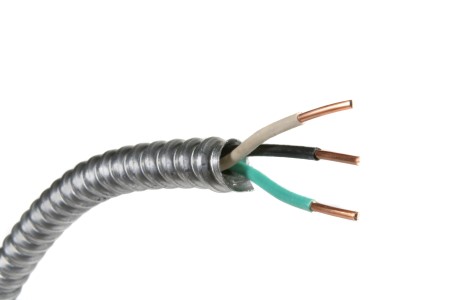Cracking The Color Code Of Paris Electrical Wiring

Electrical wiring is something that requires foresight, planning, and a certain degree of know-how. Going into electrical wiring without these tools at your disposal can potentially have some pretty frightening consequences! Electricity isn’t something to be toyed with haphazardly. Having said that, it’s not something that you should necessarily be afraid of either.
There are various codes and rules in place to make electrical wiring as easy and as safe as possible – both for your professional Paris electrician and for the beginner. Aside from various electrical wiring handbooks, the first and primary tool at your disposal is the color code that has been established to aid in differentiating the various wires. These colors will often vary depending on region, so you’ll have to find out what it is for your area.
There are some fundamental differences between the color code in Europe and that of the western hemisphere, such as Canada and the US. These regions are not the only places that variations exist, but I’ll assume the majority of those reading this article are from these areas. Please confirm all color codes with a Paris electrician before commencing construction.
Standard Electrical Color Code in most of Europe (IEC – International Electrotechnical Commission)
- Ground or Earth: green-yellow.
- Neutral: blue.
- Hot: brown, black, and grey for 3-phase. Single phase is brown.
Standard Electrical Color Code in the US and Canada
- Ground or Earth: bare, green, or green-yellow.
- Neutral: white.
- Hot: black, red, and blue, for 3-phase. Single phase is black, and red if there’s a second active.
Once the power has reached your breaker, it is then typically divided throughout your Paris home to your various wall sockets, lights, and appliances. This is where you will probably benefit from knowing the color code as you’ll know which is hot, which is neutral and so forth. As you can see from the above data, the “color trend” for electrical wiring seems to be black or brown for hot, and white or blue for the neutral.
Again, you should get confirmation for your particular country and region for good measure! Another way to find this out is to go to your breaker and examine where the individual wires come out. If there are any labels telling what is hot and what is neutral, this will serve as proof. And yet another way is to pull a light switch out of the wall (temporarily) and see which color wire is being “switched”.
If your home has been wired correctly, the hot wire should be running through the switch, with the neutral bypassing the switch and going straight to the light fixture. If any of these double-checks result in conflicting patterns, you should probably contact your Paris certified electrician explaining the situation and request advice. There’s a possibility that the prior homeowner did some tampering of his own.